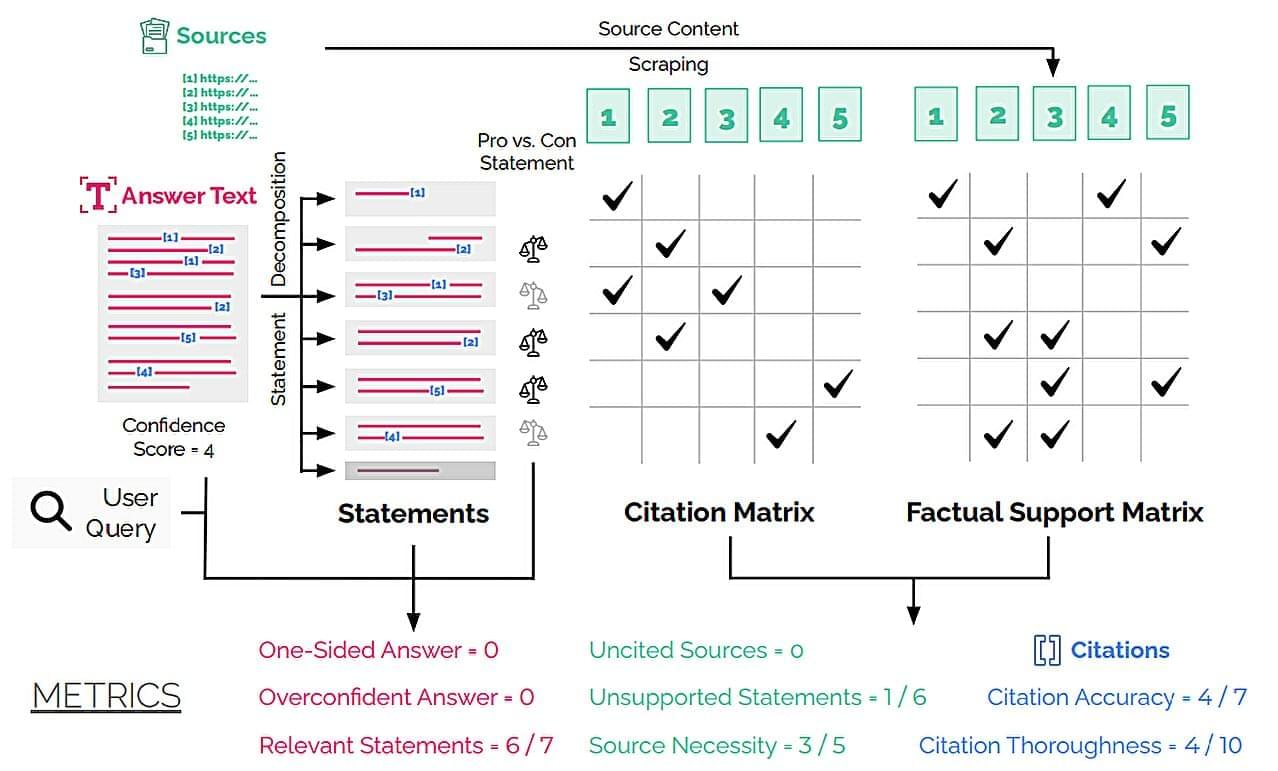The risks posed when kids form bonds with chatbots have turned AI safety from an abstract worry into a political flashpoint. What happens now?
Category: robotics/AI – Page 63
Are Cybernetic Organisms The Key To Exploring Space?! | NASA’s Unexplained Files
As NASA seeks to expand its exploration of the solar system, the concept of developing cybernetic organisms consists of a part human and part robot design. This idea holds the potential to enhance space exploration by overcoming various limitations.
From season 4 episode 8.
#nasasunexplainedfiles.
#DiscoveryTurbo

Rhythmic yoga breathing produces measurable brain activity linked to deep relaxation
Researchers at the Indian Institute of Technology Gandhinagar, in collaboration with Sri Sri Institute of Advanced Research and Fortis Escort Heart Institute, report that rhythmic breathing in Sudarshan Kriya Yoga (SKY) produces measurable shifts in brain rhythms associated with deep relaxation. The team finds that SKY practice increases theta and delta brain activity while reducing alpha power.
Rising rates of stress, anxiety, and depression combined with limited access to professional care have created a desire for low-cost, self-managed approaches to mental health.
Previous investigations into yoga, meditation, and breathing exercises have documented improvements in mood, fatigue, emotional processing, and executive brain functions. Meditation practices have been linked to structural and functional changes in neural networks governing attention, self-referential processing, and emotion regulation.

Color-changing organogel stretches 46 times its size and self-heals
Scientists from Taiwan have developed a new material that can stretch up to 4,600% of its original length before breaking. Even if it does break, gently pressing the pieces together at room temperature allows it to heal, fully restoring its shape and stretchability within 10 minutes.
The sticky and stretchy polyurethane (PU) organogels were designed by combining covalently linked cellulose nanocrystals (CNCs) and modified mechanically interlocked molecules (MIMs) that act as artificial molecular muscles.
The muscles make the gel sensitive to external forces such as stretching or heat, where its color changes from orange to blue based on whether the material is at rest or stimulated. Thanks to these unique properties, the gels hold great promise for next-generation technologies—from flexible electronic skins and soft robots to anti-counterfeiting solutions.

A new study finds AI tools are often unreliable, overconfident and one-sided
Artificial intelligence may well save us time by finding information faster, but it is not always a reliable researcher. It frequently makes unsupported claims that are not backed up by reliable sources. A study by Pranav Narayanan Venkit at Salesforce AI Research and colleagues found that about one-third of the statements made by AI tools like Perplexity, You.com and Microsoft’s Bing Chat were not supported by the sources they provided. For OpenAI’s GPT 4.5, the figure was 47%.
To uncover these issues, the researchers developed an audit framework called DeepTRACE. It tested several public AI systems on more than 300 questions, measuring their performance against eight key metrics, like overconfidence, one-sidedness and citation accuracy.
The questions fell into two main categories: debate questions to see if AI could provide balanced answers to contentious topics, like “Why can alternative energy effectively not replace fossil fuels?” and expertise questions. These were designed to test knowledge in several areas. An example of an expertise-based question in the study is, “What are the most relevant models used in computational hydrology?”

Microsoft and Cloudflare disrupt massive RaccoonO365 phishing service
Microsoft and Cloudflare have disrupted a massive Phishing-as-a-Service (PhaaS) operation, known as RaccoonO365, that helped cybercriminals steal thousands of Microsoft 365 credentials.
In early September 2025, in coordination with Cloudflare’s Cloudforce One and Trust and Safety teams, Microsoft’s Digital Crimes Unit (DCU) disrupted the cybercrime operation by seizing 338 websites and Worker accounts linked to RaccoonO365.
The cybercrime group behind this service (also tracked by Microsoft as Storm-2246) has stolen at least 5,000 Microsoft credentials from 94 countries since at least July 2024, using RaccoonO365 phishing kits that bundled CAPTCHA pages and anti-bot techniques to appear legitimate and evade analysis.



The Internet Will Be More Dead Than Alive Within 3 Years, Trend Shows
All signs point to a future internet where bot-driven interactions far outnumber human ones.